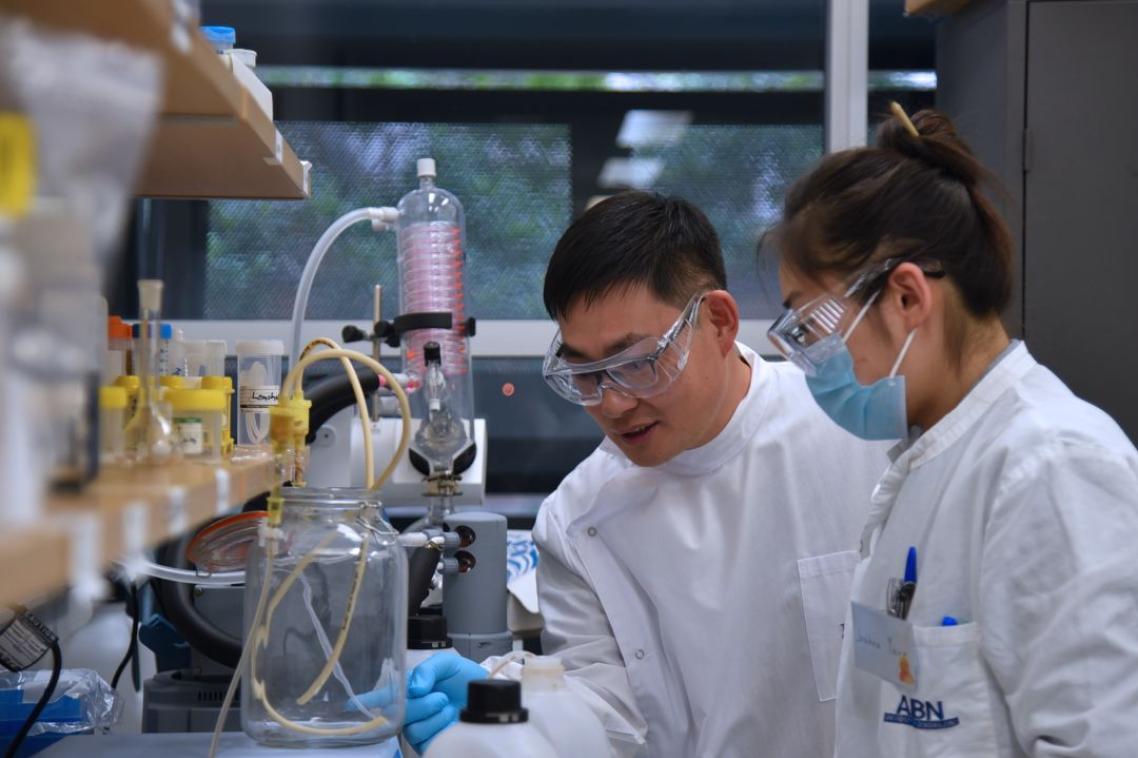Wastewater trial for potential PFAS solution
Wastewater treatment plants are set to trial a magnetic resin developed by University of Queensland (UQ) researchers to remove PFAS from sewerage.

Per- and polyfluoroalkyl substances (PFAS) have caused growing concern among the scientific community in recent years as levels of “forever chemicals” in the water supply increase. One major source of PFAS is trifluoroacetic acid (TFA), which is generated as certain refrigerants degrade.
According to UQ, a magnetic resin developed by Dr Cheng Zhang at UQ’s shows promise as a safe and cost-effective filtration tool that removes PFAS from water.
Now Zhang will lead a $7 million project with colleague Dr Zicheng Su and a consortium of commercial partners led by ViridAU to show that the magnetic resin can also remove PFAS from semi-solid effluent.
The group plans to trial and scale up the resin at Australian treatment plants over the next three years using $5 million from commercial partners and a $2 million Federal Government Cooperative Research Centres Project (CRC-P) grant.
“Australia has about 700 wastewater treatment plants and they are among the last lines of defence we have when it comes to PFAS,” Zhang says.
“Completely removing PFAS from the materials we flush down the drain – especially heavier organic matter – is not a simple task.”
Dr Cheng Zhang
“What we have created is a product that protects human and environmental health without completely re-engineering the systems already in place.”
Current biosolids treatment technologies for PFAS includes high-temperature pyrolysis and incineration, both of which are energy-intensive and generate secondary pollutants.
How it works
Zhang says the resin removes PFAS through a magnetic ion-exchange technique that operates at room temperature.
Biosolids treated with the magnetic resin can then be safety re-used as PFAS-free compost for agricultural and landscaping applications.
“Australia already produces more than a million wet tonnes of biosolids each year for land rehabilitation and agriculture,” Zhang says.
“But PFAS is so pervasive that biosolids sold as fertiliser can still trigger environmental and regulatory concerns.
“The beauty of our technology is therefore in its dual purpose: protecting the environment from PFAS and safeguarding downstream compost use and agricultural products.”
Product development in sight
Zhang says the aim of the three-year CRC-P project is to produce a scalable product that puts Australia at the forefront of global PFAS management.
“As global regulations on PFAS discharge tighten – particularly in Europe and the US – there will be a growing need for advanced remediation solutions,” Zhang says.
“Our technology will not only improve compliance with international standards; it provides safer access to products for irrigation and land management.”
Image courtesy of The University of Queensland
PREV
NEXT
Comments
Advertisements
Recent news
- 2025 AIRAH National Awards: Bryon Price, L.AIRAH, awarded the James Harrison Medal
- 2025 AIRAH National Awards: Stefan Jensen, L.AIRAH, wins WR Ahern Award
- 2025 AIRAH National Awards: Brett Fairweather, F.AIRAH, wins Excellence in Knowledge Building
Latest events
- 2025 AIRAH National Awards: Bryon Price, L.AIRAH, awarded the James Harrison Medal
- 2025 AIRAH National Awards: Stefan Jensen, L.AIRAH, wins WR Ahern Award
- 2025 AIRAH National Awards: Brett Fairweather, F.AIRAH, wins Excellence in Knowledge Building
 Nick Johns-Wickberg
Nick Johns-Wickberg

Leave a Reply